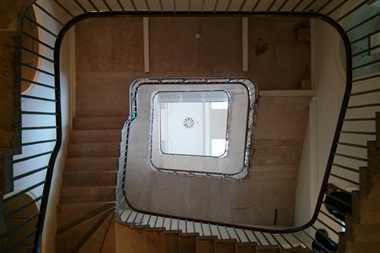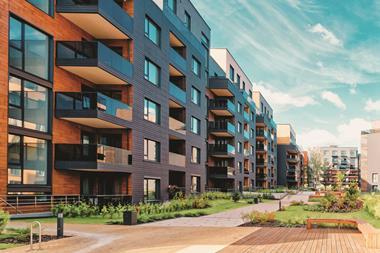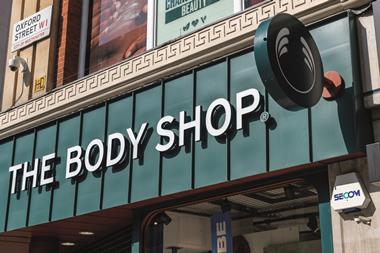Landlords are placing a greater emphasis on innovation and creating a point of difference within their shopping centres.

We have all seen the positive impact on sales within a shopping centre when new successful retailers are introduced for the first time. Both Apple and Hollister are good examples. Another example of creating a point of difference is by introducing clusters of designer brands within a dedicated area of a shopping centre.
Unibail-Rodamco is introducing a new concept, The Designer Gallery, into its Polygone Riviera in Nice and Mall of Scandinavia in Stockholm shopping centres. They provide a dedicated area for contemporary, exclusive and inspirational retailers, as well as offer a range of upmarket services and events .
The competition to secure these retailers is fierce, as globalisation has brought choice, more opportunities and greater awareness. Additionally, retailers no longer depend on their stores being the main point of contact for the consumer and technology is influencing a change towards fewer stores. These retailers are in search of a greater understanding of new markets and require more insight on the performance of shopping centres. Similarly, there is a greater demand for unique and creative environments, as they are focused on anything that impacts their brand.
Thus, in order to secure these retailers, the property industry is beginning to recognise that the approach to selling needs to be different. This can be seen in the change of the components of pitching from the normal 30% selling and 70% letting, to what is now 70% selling and 30% letting. This is a meaningful change and critical to building the relationship in order to secure the deal.
Building relationships well in advance of retailers deciding to enter a country or taking the leap from high streets to shopping centres is a good strategic move. This may not only ensure your portfolio will take priority but also give you huge insight into their requirements and needs.
It is only when you have understood the retailer’s strategy for expansion and their specific requirements that you can review which of your centres are most relevant to them and the location and mix that will maximise your sales and theirs. Getting this wrong could weigh heavily on your retail strategy and performance, as well as having future repercussions on the relationship.
The landlord must consider the correct approach to turn the relationship into deals in the shortest possible time. Developing and converting these relationships takes time, patience and respect on both sides.
In my view, the meeting to present your proposition to the retailer is key. Having spent time understanding the retailer’s requirements, a bespoke approach and pack should be prepared.
Key considerations are:
- consumer research analysis;
- evaluation of the competition;
- demonstration of a thorough understanding of their brand and strategy;
- explanation of your suggested location in the centre to maximise their sales;
- without breaching confidentiality, some guidelines on other retailers’ performance within the same category;
- demonstration that the design and environment is complementary to their brand;
- good quality CGI images showing their store in the mall;
- and clear and timely messaging in line with a communications strategy.
Creating new, exciting and stimulating shopping centres requires a combined effort from both sides of the process. Let retailers share in your story from the beginning, as you wish to share theirs. Let them see your passion and desire to create new and exciting destinations, where they become part of your story and share in its success.
Remember, relationships convert into deals and investing in long-term relationships now is an investment in the future.
Sheila King is the founder of Sheila King International






























No comments yet